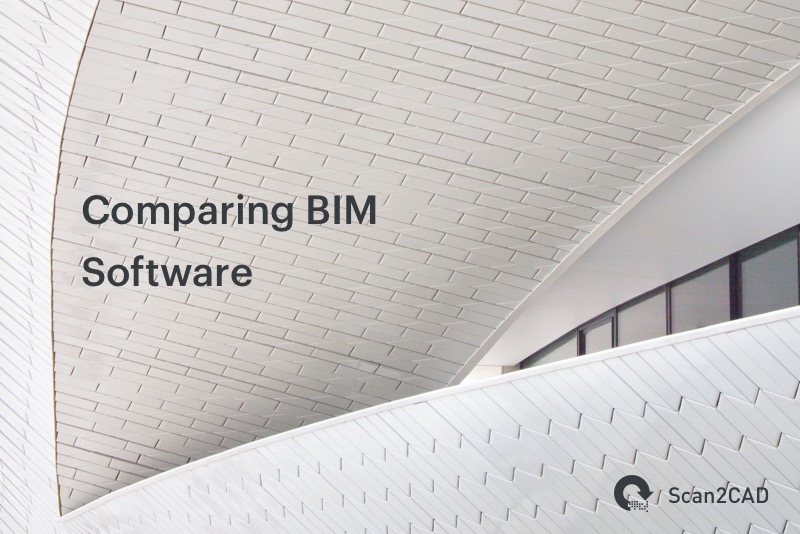

Cost Savingsįinally, BIM software reduces the amount of time and resources needed to finish each project. And finalizing a design on-time or early frees up your team to pursue new projects, increasing productivity and potential revenue. With better communication, you can complete projects faster than ever before.Įxpedited design modeling facilitated by BIM software keeps projects moving forward with minimal delays by allowing key designers to instantly share any changes with relevant parties for approval in real-time. Reduced Project Lifecyclesĭelays are a major cause for concern with architectural projects, frequently the result of various interested parties all commenting on in-progress work. Next, finished BIM designs can be handed over to clients, facility management, or builders directly without needing to be converted into another file format, per interoperability requirements between applications. As a result, there are fewer opportunities for error from miscommunication or unauthorized changes to designs. Everyone can be looped in on what is happening, when, and additional details as necessary. Clients want to ensure their vision is being followed while architects and engineers need to address structural integrity. Just a few include: Consistent DesignsīIM software has collaboration tools to encourage more communication between team members designing new buildings, infrastructure, or other projects.

There are many advantages to utilizing a BIM software into your AEC business.


Document management: Save all construction documents related to BIM projects, such as drawings and images.Design modeling: Use draft and modeling tools to create in-depth designs for new architecture and construction projects.2D drawings and 3D imaging: Create 2D or 3D images with computer-aided design tools (CAD), draft entirely digital technical drawings including floor plans, schematics, blueprints, and concept art.A BIM is a shared knowledge resource for information about a facility forming a reliable basis for decisions during its life-cycle defined as existing from earliest conception to demolition." Key Features of BIM Systems is a digital representation of physical and functional characteristics of a facility. Having a solution that shows what the finished product should look like as well as how changes affect the project will go a long way in improving workflow efficiency.īIM as defined by the National Building Information Model Standard Project Committee: More advanced BIM systems may include project management, such as scheduling, costing, and lifetime maintenance data.Īs projects become more complex, it is significantly more difficult to manage the moving pieces and communicate changes to the right people in a timely manner. By keeping a shared resource of project data, BIM helps keep architecture, engineering and construction (AEC) workers, managers, and stakeholders on the same page.Īt a minimum, BIM visualization creates a 3D model of proposed buildings and infrastructure. Building information modeling (BIM) design software is a smart 3D modeling and visualization process used to efficiently plan, design, construct, and manage buildings or infrastructure.


 0 kommentar(er)
0 kommentar(er)
